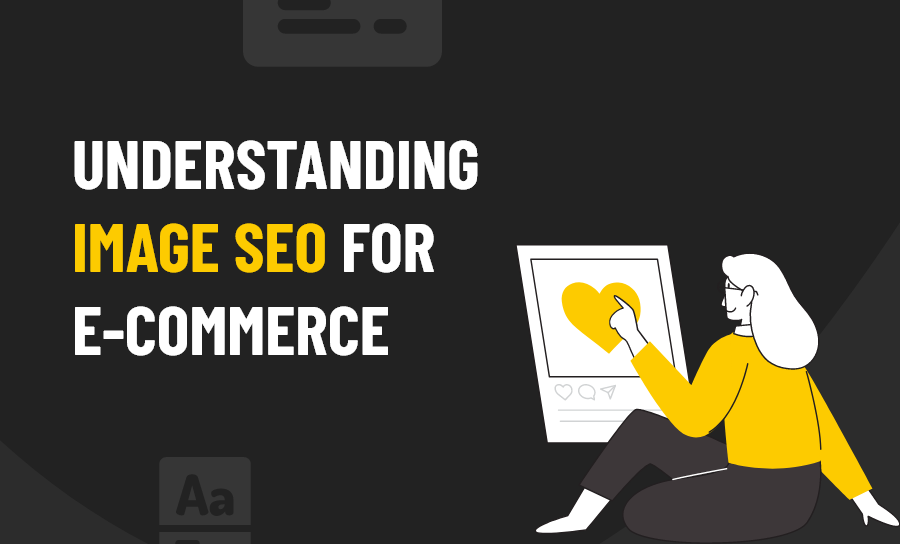Have any of these questions about image SEO ever crossed your mind? Or, as an e-commerce player, pique your interest now that you read them?
- What is SEO for Images?
- How useful are image compressions?
- In Google Image search, how do I increase the rank of my product images?
- What is the optimal image format for all my product images?
- What’s the distinction between title and alt text (and are they really needed)?
- How can I make it easier and faster for my product images (and the whole website) to load for users across all platforms?
- How can I use image SEO to generate more sales for my e-commerce site?
- Will I get more traffic from image search to my site by using structured data?
- What would be the effects of making use of a CDN on my image SEO?
If so, you’ve found the right post. Images are so central to the success of any e-commerce site – and a retail business in general – that understanding, and making the most of, image SEO for e-commerce isn’t just a good idea, it’s a must.
What is Image SEO? Anyway?
Let’s start with the basics, as in defining what image SEO is in the first place. Image SEO encompasses a number of things. Image optimization is important, both for users and increasingly to Google (more on that later) However, alt text, image titles and additional mark up are big factors in image SEO too, as you’ll discover when you read on.
Why is Image SEO for e-Commerce Important?
As we have detailed here before, Google Images, as a search engine, is massive as is its reach. Google Image Search is now used by more people, for search purposes, than YouTube or Bing. This is especially true of searching shoppers.
After all, it is a lot easier to search for an image of the kinds of jeans you are looking for than it is wading through a ton of search results and text copy. And that is exactly what an increasing number of shoppers do, especially if they are planning to make an online purchase.
So, if image SEO for e-commerce is so important, why haven’t you heard about it more often? Simply because it’s not as commonly understood as text SEO. And because it can be time-consuming to go back through dozens of (or more) product images to optimize them. But the effort pays off. Specially now with the on the set of AI image generator, you can easily build a lot of images and even add details in images for which you needed a designer in the past.
Changes to Google Image search over the last few years have made it even more valuable to e-commerce concerns. Take a look at a typical Google Image product search for a Batman t-shirt. Right from search by clicking on an image, a shopper can see the price of this t-shirt and whether it is currently in stock. Better still, clicking on the image again will take them directly to the product page they can purchase it from.
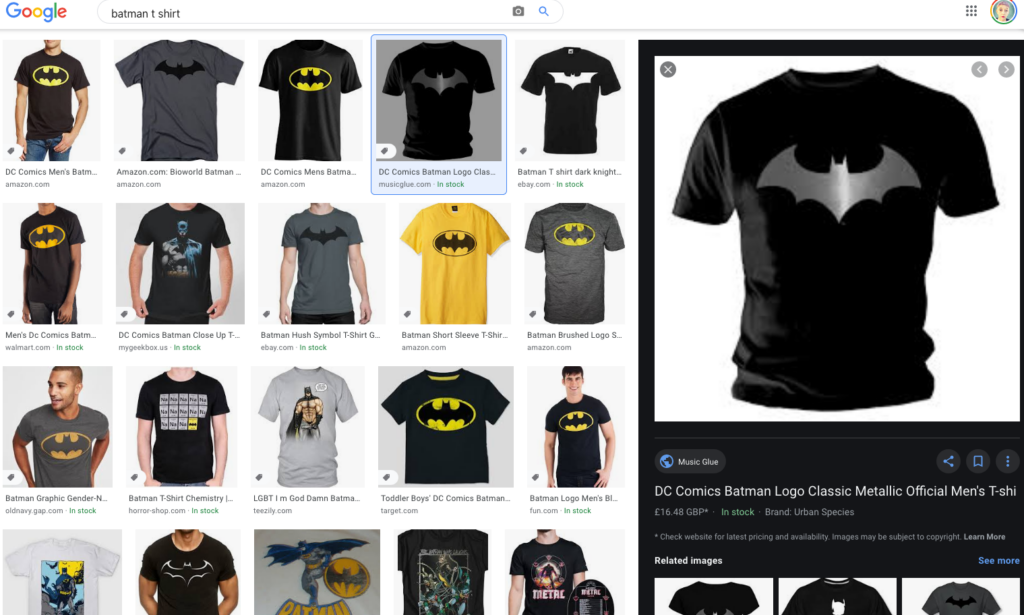
This is not just useful for clothing. Here’s a search for flower vase:
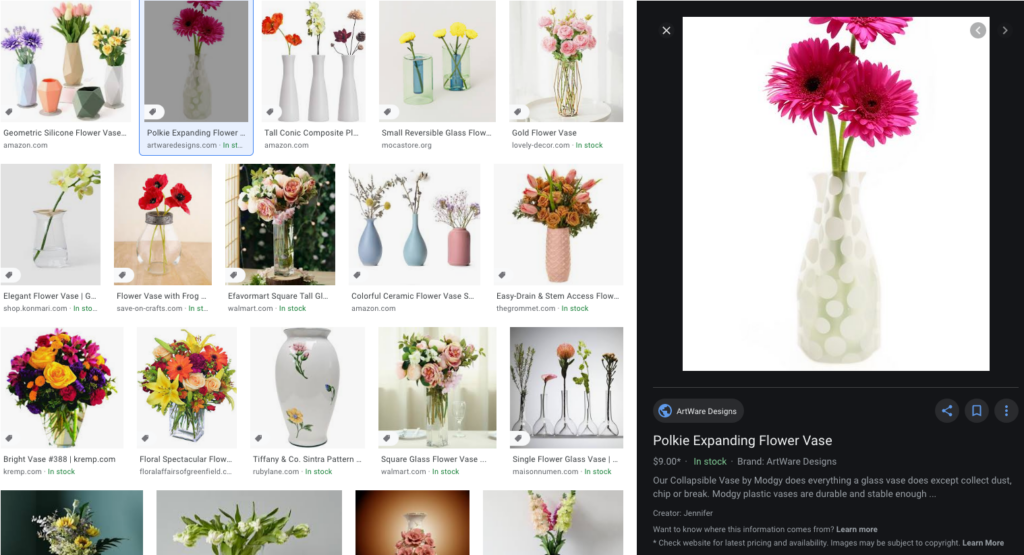
And the same thing is seen in a Google Image search for almost any product. For example, this ZomaSleep product page is ranking for the ‘body pillow’ keyword with image SEO. Furthermore, an optimized for image SEO listing from a small company can rank next to, or even ahead of, e-commerce giants like Amazon, something that is much harder in standard text results.
How Google Image Search Works
So how does Google Image Search do all this? Via Visual Search.
The main technology behind Google Image Search is Google Cloud Vision.
It is focused on Artificial Intelligence and Machine Learning, like all other image recognition platforms, but Google has the added capacity to extract and analyze information from:
- The page where they find the image;
- Additional websites that use the same or similar images;
- Image SEO data (structured markup, image file names, image alt attributes, etc.).
The context Google bots discover the image in is also a factor used in deciding the search order they place like images in, as the company explained on the official Google blog:
“We now prioritize sites where the image is central to the page, and higher up on the page. So if you’re looking to buy a specific pair of shoes, a product page dedicated to that pair of shoes will be prioritized above, say, a category page showing a range of shoe styles.”
Getting Serious about Image SEO
Now that you understand just how beneficial good image SEO for e-commerce can be, it’s time to move on to the actionable part of this post.
How to Evaluate Your Site’s Organic Traffic on Google Image
Before you begin working on any image SEO, you should have a baseline to compare it to assess the effectiveness of your work going forward.
The easiest and most efficient way to do this is via Google Search Console. Head there, open a performance report, and switch the search type from ‘search’ to ‘image’. This will give you a great, quick overview of how your images are performing (if they are at all) in Google Image Search right now.
If you’d like to get even more information to create your baseline you can further analyze user behavior in Google Analytics, by following this path: Acquisition -> All Traffic -> Source/Medium -> Google images / organic.
How to Better Display Your Images to Search Bots
Search bots can’t see images very well, – although they are far better at it than just a few years ago when they could not see them at all – so you do have to optimize product images so that they understand what they are being presented with as they crawl your site.
One of the easiest ways to do this is to create a specific image sitemap. You can create a new, separate sitemap for your product images or alter your current general sitemap to include all the product image information bots will be looking for. If you are not sure how to do that, Google offers an excellent walkthrough here.
Hopefully, you are familiar with how to submit sitemaps via whichever e-commerce platform you make use of for your store. Each platform does have a slightly different process, so you may need to refer to the help sections for your specific service. Here’s some quick info for the most commonly used platforms:
- WooCommerce: Make use of Yoast SEO to add images to your general sitemap automatically.
- Shopify: Install and activate the Image Sitemap app (it’s free.)
- Magento: Mageworx Seo Ultimate is an extension we have found does an excellent job of ensuring Google sees your images as they should.
Image SEO for e-Commerce: The Tech Stuff
The Importance of Content Title, Image Description and On-Page Content
As we have covered, Google extracts data from your website to provide more context to its image search results.
The image title is taken from the meta title tag of the page (not to be confused with the “title” attribute of the image, which has no use here).
The name of your website will always be included as a given. A description of the product is taken from either the alt text image, the surrounding content, the meta description tag, or it can be completely absent.
Depending on its probability of adding value to the search outcome and increasing its CTR, Google decides whether or not to display this snippet. This means that to get the most out of image SEO for e-commerce, and have the best chance of getting Google to display a click inducing product description, all the values we just mentioned should be well-written, relevant and include the target keyword.
Image SEO for e-Commerce Image Name Best Practices
The oldest slightly iffy recommendation in the image SEO playbook book is the use of descriptive file names for your pictures. The name blue jeans.jpg is far better than DSC001.jpg, so it has merit, but it really isn’t that important.
If you have thousands of product images and don’t have a simple way to rename and reference them, the file name is a super minor ranking factor. Don’t bother, it’s not worth it. Your time and effort are better spent working on the next stage in the process, getting the alt-tags right.
To make the web a more accessible place, the alt image attribute commonly referred to as the “alt tag” or “alt text”, was developed years ago, at the ‘start’ of the Internet.
With the help of screen reader apps, visually impaired individuals browse the web with relative accuracy. Alt-text is used by screen reader software to announce what the image is about.
In addition, the content of the alt text image is what is shown before rendering the image. For those with sluggish or unreliable connections, it’s very useful too. And finally, if you happen to use your picture as a link, Google uses it in a similar way to anchor text.
It is not rocket science by any means to write strong Alt text. However, there are several important points to follow and keep in mind as you do:
- Don’t keyword stuff. Once is enough.
- Write in a descriptive, user-friendly way.
- Be as detailed as possible, within a maximum of 125 characters of text.
Structured Data is an Image SEO for E-Commerce MUST
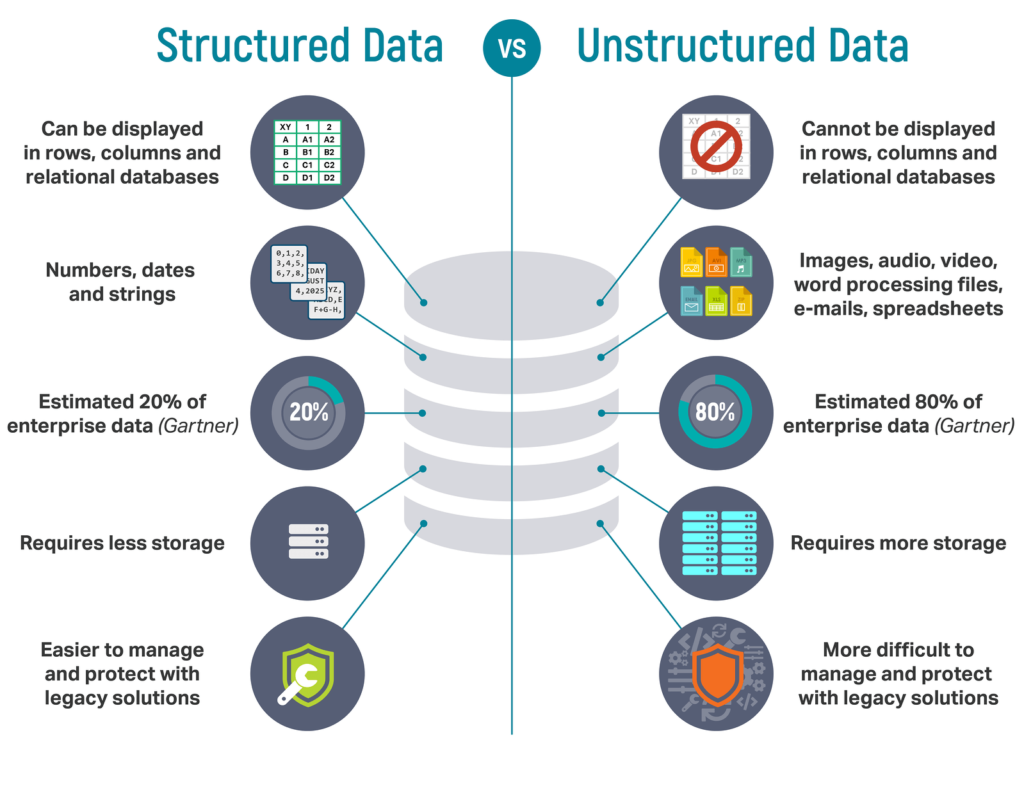
Google Image Mobile Search for e-commerce looks gorgeous. For instance:
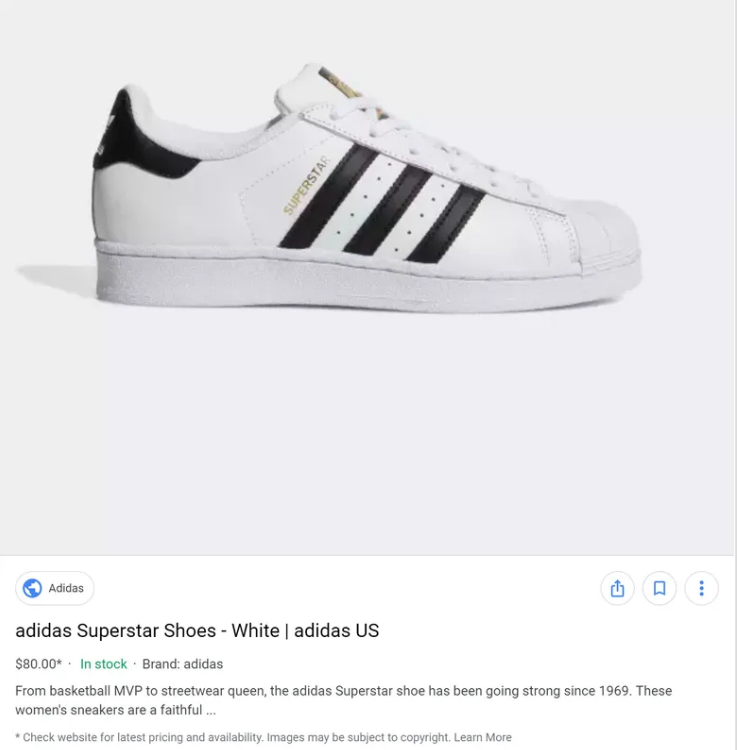
As it is a mobile-first index now – and an increasing number of people are shopping from their mobiles rather than desktops, especially in the Gen X/Millennial demographic, this is what you’ll want your product images to look like in Google Image Search. However, that will only happen if you make use of structured data.
Here’s a reminder of just what information Google can include in their Google Image Search results if they are offered the right information in the right way:
- Product image(s)
- Current Price
- Product Description
- Product Availability
- Product Brand
- Customer Ratings
You can make use of structured data to easily convey ALL this to bots. This is rather technical, and if you have a lot of product images getting some pro help from the likes of the Pearl Lemon technical SEO team is probably the best way to go, but here are some basic tips:
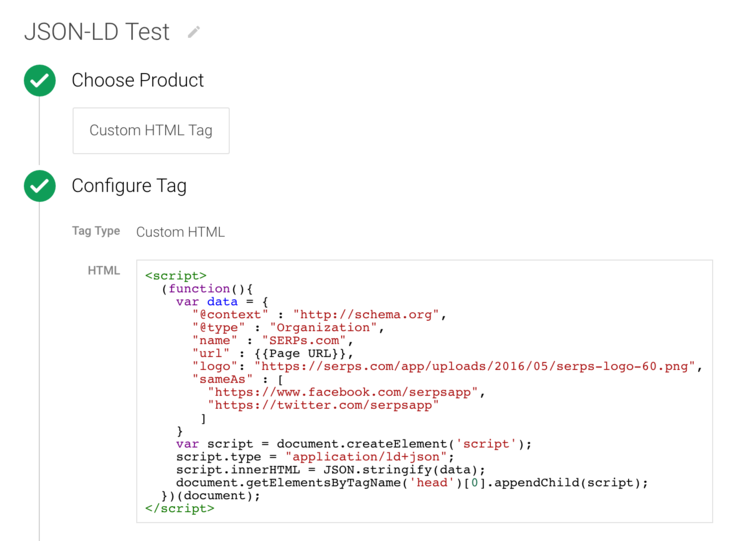
- Use Schema.org/Product in JSON-LD format. It’s the format that Google prefers, it creates clean code, and it is the easiest to maintain by Google, it’s clean and easy to maintain.
- Use either JPEG, PNG or WebP images or in your structured markup.
- Try to stick to the recommended aspect ratios of16×9, 4×3 and 1×1.
- Try to meet the proper image size recommendations too. An image must be at least 50,000 pixels (height/width). It’s better to use much bigger images than that, at least 1000px*1000px and that is usually better for CX (customer experience) anyway.
- You can use CDN image URLs in your product structured markup.
The other useful for e-commerce thing about structured product data is that it’s also used by Google’s Merchant Center, Facebook, Instagram and Pinterest, covering almost all of the ‘bases’ outside your own e-commerce website you are likely to generate sales clicks from.
Focusing on ‘Sweet Spot’ Image SEO Optimization

It’s impossible for most online stores to sell something – anything – without images. But, images on all e-commerce websites are responsible for 55-65 per cent of the total transfer size, which is a heavy load.
Speed is an increasingly important SEO ranking factor. A slow site weighed down with too heavy images creates a terrible UX. Low-quality product images will make your website faster, but your conversions will fall, as consumers want to see, as far as possible, what the ayre buying. Your Google Search Image rankings will fall too, as Google likes high-quality images.
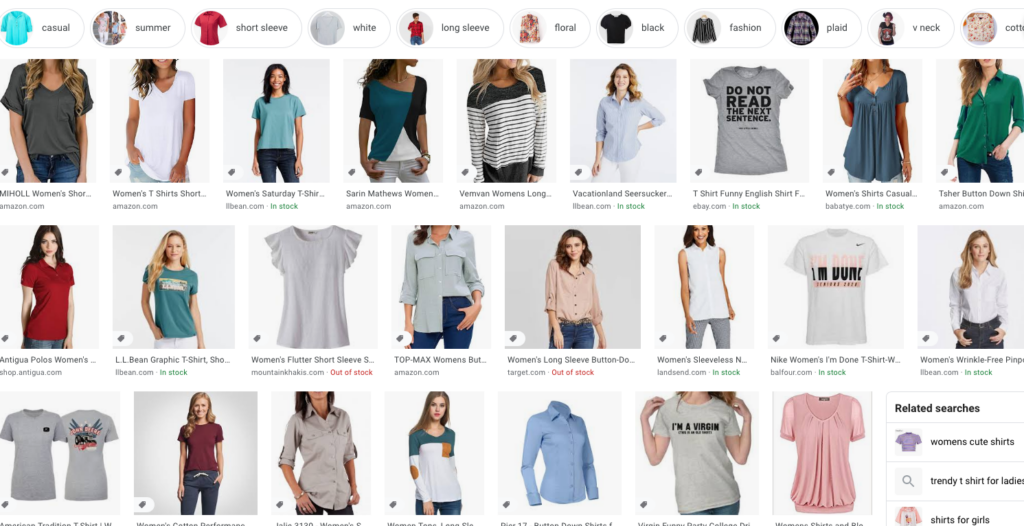
Therefore, perhaps the most complicated sounding part of image SEO for e-commerce is finding the ‘sweet spot’ for your product images between way too heavy and terrible quality. Fortunately, it is not as complicated to do so as you might think.
Choose the Right Image Types

The three most used image types for e-commerce sites are hardly ‘modern and cutting edge. JPEGs were first published in 1982. In 1986, PNG emerged. In 1989, the GIF was created, but that is not usually a widely used image type for e-commerce sites.
However, there are several image types that are deserving of the title ‘next-gen’: WebP, JPEG XR and JPEG 2000 are all wildly superior to the image formats of the previous generation. In both lossy and lossless image compression, they do a much better job. The problem there is that at the time of writing only WebP is widely supported by browsers.
Where you can, use WebP. There are a number of software that can bulk convert images, and while it might take a while for the sake of both your image SEO and your general SEO, it’s something you should do. Not to mention that your customers will love it too.
Use Scaled Images
A scaled image is an image the size of which corresponds exactly to the size specified in CSS or HTML. Many webmasters, sadly, do not even pay attention to it.
Let’s say, for a 50 x 50 thumbnail, a webmaster chooses to use a 500 x 500-pixel image. As a consequence, before displaying it to users, the browser has to import and scale the image down. This method is inefficient and will slow down the loading time of your website.
This issue, however, won’t occur if you serve scaled images. Smaller photos use less space and speed up the site, which will increase the general SEO and image SEO ranking of your site in return. Again, there is great software to help you, as well as the opportunity to get help from great technical SEOs like the ones on the Pearl Lemon team.
Make Use of a CDN
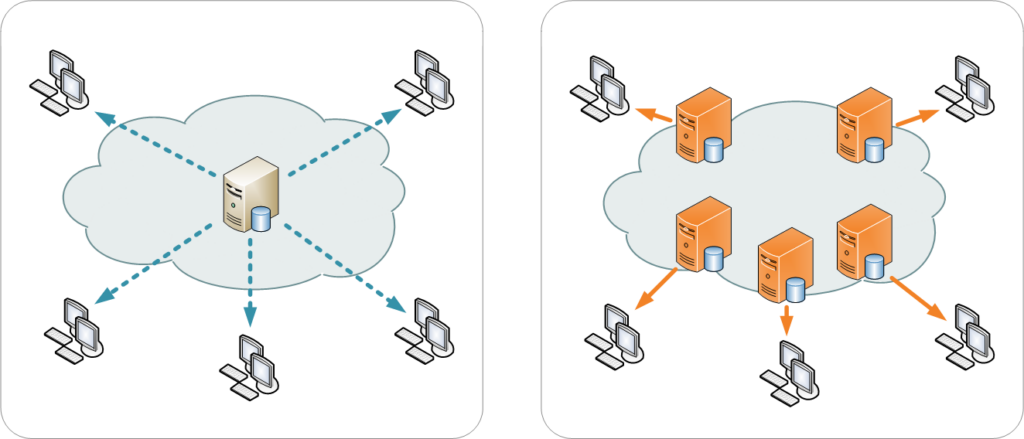
Many e-commerce websites, located in a single city, serve their images from a single server near their ‘home case’ but then hope to serve a wider, increasingly international audience.
If you are operating at the level of a small country, it’s okay. The thing is, your website will load much slower the farther away from your server a browsing shopper is.
By replicating your image through a global network of servers, Content Delivery Networks (CDNs) solve this problem. This means they get all your images delivered from their nearest CDN location (maybe London) when a UK visitor opens your website, and your US visitors get it from, let’s say, a San Francisco-based server if they are on the West Coast or a New York-based one if they are browsing from the East Coast. Images don’t have to cross the Atlantic, which helps to significantly accelerate your website.
The same is true of the rest of the world. One thing that is wonderful about e-commerce and global services like PayPal is that it is easy for even small retailers to serve a global consumer base. However, if your images are killing your SEO, actually reaching them will be another story.
This is a great explanation about how one of the leading CDN providers, and one we use, Cloudflare works:
Some do worry that using a CDN will hurt their Google Image SEO. Google – via spokesperson John Mueller, has said that is not the case.
It doesn’t matter how you host the images, there’s no SEO-bonus for having them on the same host/domain. However, since changing image URLs is “hard”, I’d use your own hostname for the CDN (avoid https://t.co/Y1ND46l9ij and use https://t.co/fWMc6CFPZ0), so you can change CDNs.
— 🍌 John 🍌 (@JohnMu) March 5, 2019
Get Rid of Extra Metadata
Image metadata, including when a photo was taken, camera settings, what program was used to edit it, and so on, is text information embedded in an image.
Only IPTC photo metadata is supported by Google to display image credits. Striping images of metadata to make them load faster makes a lot of sense. It will be a lot less confusing for bots and may offer a better customer experience too.
Be Consistent
If you so take the time to undertake a retroactive image SEO for e-commerce product that’s wonderful. However, it’s not a one and done thing. You will need to set image SEO for e-commerce guidelines for every image uploaded, that everyone who uploads images to the site then follows.
Get Help If You Need It
There is no doubt that image SEO for e-commerce falls under the umbrella, in many ways, of technical SEO. Most business owners struggle with technical SEO even if they have a decent grasp of basic text SEO. Rather than risk damaging your general SEO and your customer UX by trying to implement things you don’t really understand, get help. Contact our team here, and they will be happy to explain how they can conduct an image SEO audit, do all that initial grunt work and then leave you with a blueprint for GREAT image SEO going forward.

